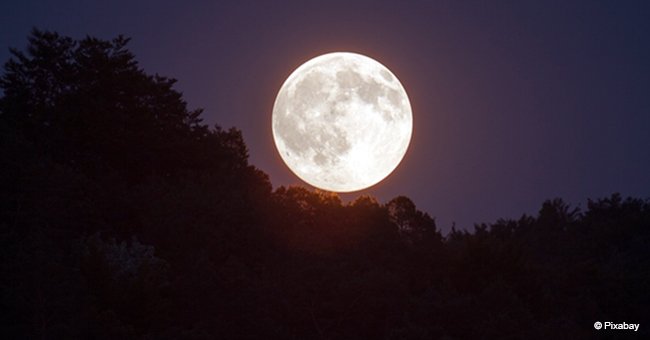
Here's how to see the ‘super snow moon,’ the biggest supermoon of 2019
This year people will get to see three supermoons in a matter of three consecutive months. The biggest one will occur on February 19.
The first supermoon has already passed on January 21 and you might have seen it without knowing what it was.
The next supermoon is expected on Tuesday and the last one will be on March 21. A supermoon occurs when a full moon coincides with the moon's perigee.
This is the point in the moons elliptical orbit at which it is closest to Earth. This phenomenon makes the moon appear to be 14 percent bigger and 30 percent brighter than usual.
The three supermoons for this year all have different names. The first one was called the Super Blood Wolf Moon which happened on January 20 to 21.
It coincided with a total lunar eclipse which is also known as a "blood moon." The second supermoon will occur on Tuesday during the Snow Moon.
It will be the closest full moon of the year. This has been described as the most "super" supermoon of 2019 when the moon will reach perigee at about 6 hours before it is officially full.
The last supermoon will be visible on March 21. This Worm Moon will reach full phase about 29 hours after the moon reaches perigee.
The Snow Moon will officially become at 10:53 a.m. EST (1553 GMT). The moon will be at its closest at 4:07 a.m. EST (0907 GMT) on the day.
Despite the moon being “super” on the day, but to the ordinary person, it might look the same. New York City residents can see it rise at 5:46 p.m. and it will set the next morning at 7:35 a.m. local time.
Those in other locations who wish to view it can do so by checking out this moonrise and moonset calculator at timeanddate.com. The last supermoon of the year will reach its full phase on March 20 at 9:43 p.m. EST (0143 GMT on March 21).
It will be at its fullest around a day and 6 hours before reaching perigee. This will happen on March 19 at 3:48 p.m. EST (1948 GMT).
Observers will be pleased to know that this supermoon will coincide with the vernal equinox. This phenomenon marks the first day of spring in the Northern Hemisphere and the first day of autumn in the Southern Hemisphere.
The first supermoon coincided with a rare lunar eclipse which is also known as a super blood wolf moon. Sunlight passed through the Earth's atmosphere and lit the moon turning it red.
